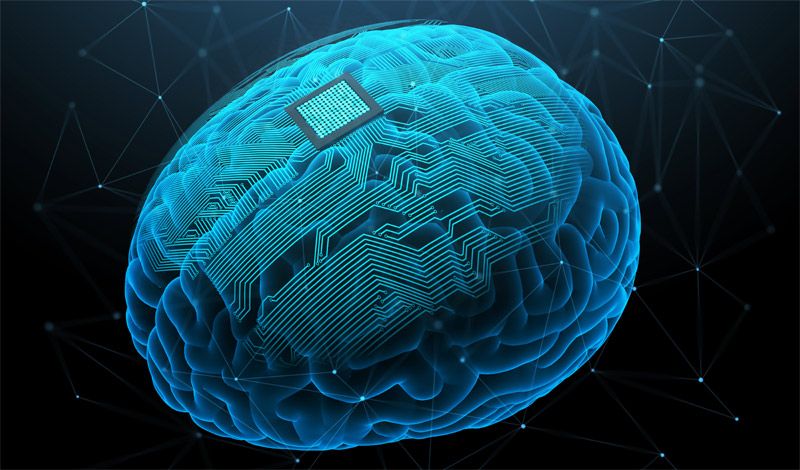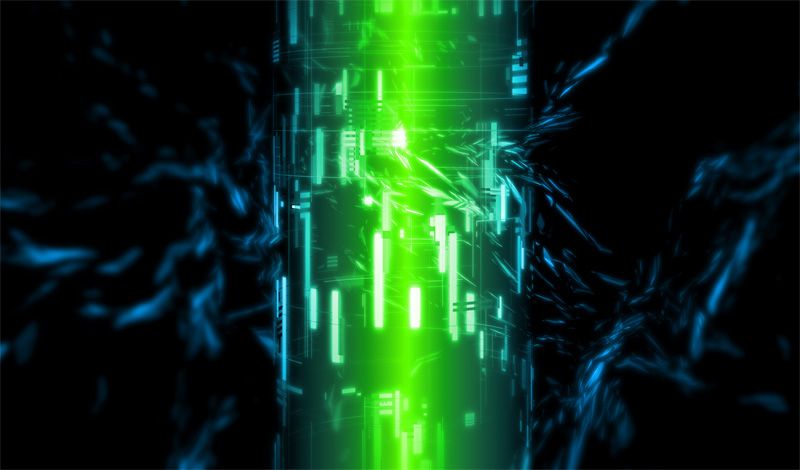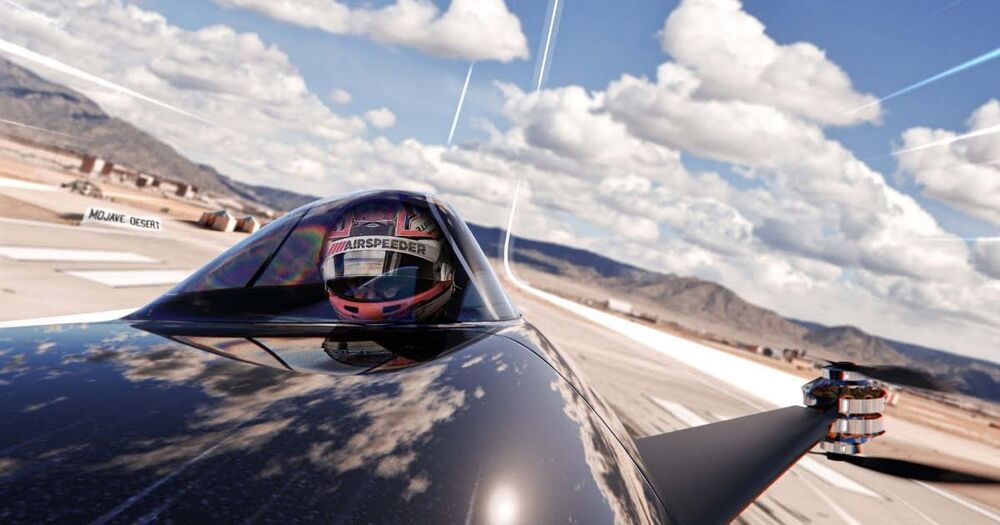A cryptocurrency that began in 2013 as a joke is suddenly worth a total of more than $6 billion.
WSJ Membership.


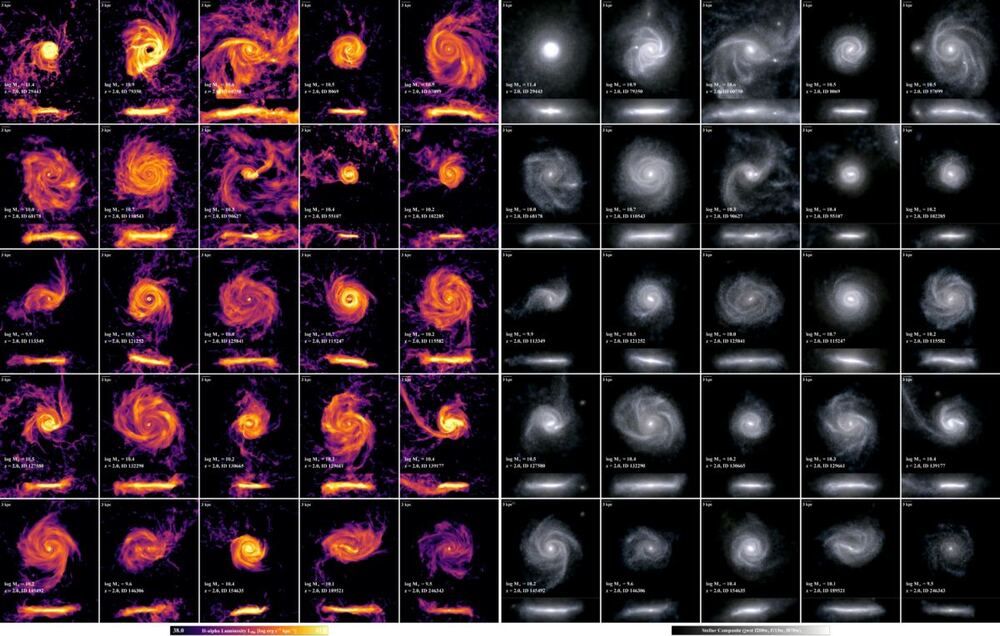
Eventually, galaxies stop making new stars. But why did some stop so much sooner than others? Hint: black holes play a role.
A galaxy’s main business is star formation. And when they’re young, like youth everywhere, they keep themselves busy with it. But galaxies age, evolve, and experience a slow-down in their rate of star formation. Eventually, galaxies cease forming new stars altogether, and astronomers call that quenching. They’ve been studying quenching for decades, yet much about it remains a mystery.
A new study based on the IllustrisTNG simulations has found a link between a galaxy’s quenching and its stellar size.
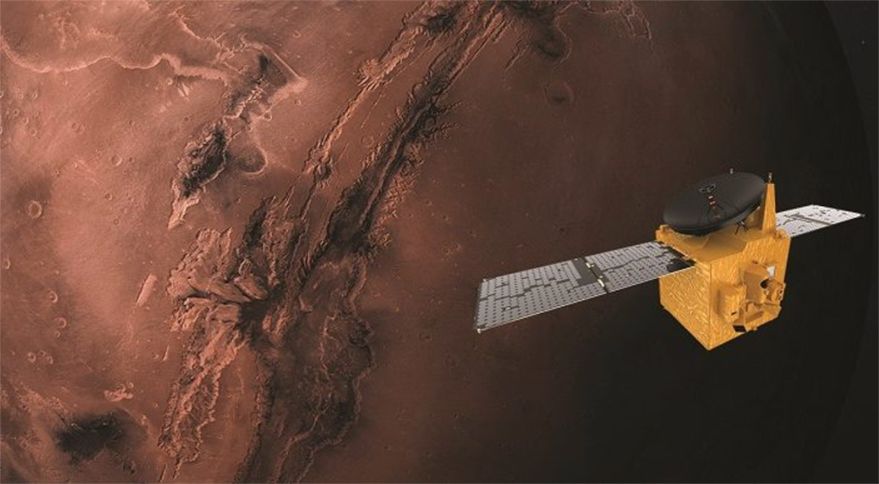
As the UAE’s Hope spacecraft arrives at Mars, those involved have a mix of confidence and concern about the chances of successfully entering orbit.
WASHINGTON — As the United Arab Emirates’ Hope spacecraft arrives at Mars, those involved with the mission have a mix of confidence and concern about the chances of successfully entering orbit.
The Emirates Mars Mission, or Hope, spacecraft will arrive at Mars Feb. 9, entering orbit at about 10:41 a.m. Eastern. The spacecraft will fire its main thrusters for 27 minutes to slow it down enough for the planet’s gravity to capture the spacecraft into orbit.


In the coming Age of Superintelligence [and automation] everyone should be entitled to social dividend, “free” money such as UBI, just for being alive. We should not forget that the wealthiest of us would not be as fortunate without civilization. Otherwise, Jeff Bezos would have to forage for food in the Amazon jungle all by himself. Being a human today is more than enough of a fair contribution to receive free money from the government. Going forward we’ll see more and more prominent voices vouching for UBI.
#HybridEconomy #UniversalBasicIncome #UBI #BasicIncome #SocialDividend #TaxWallStreet #WealthTax #InheritanceTax
